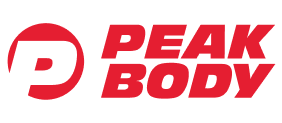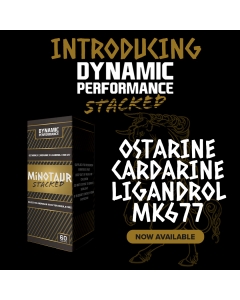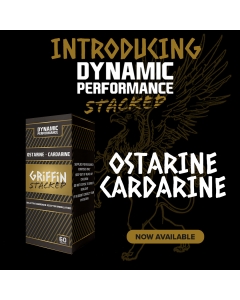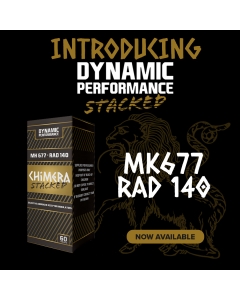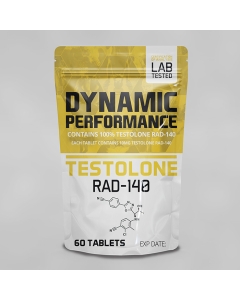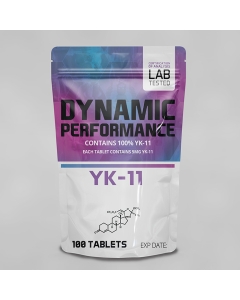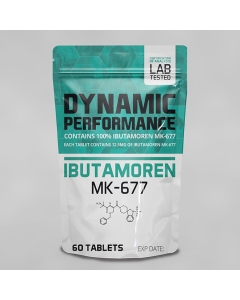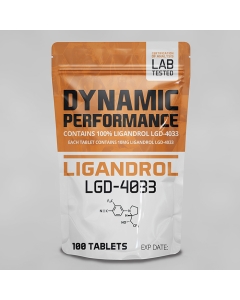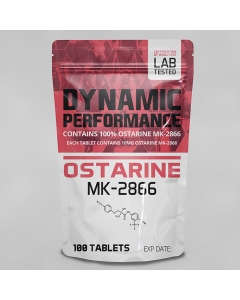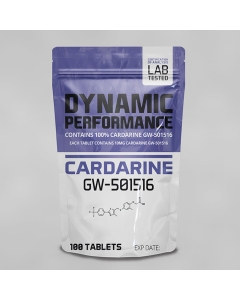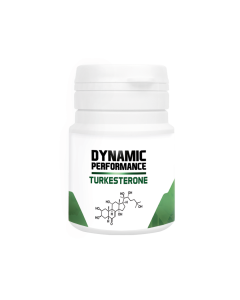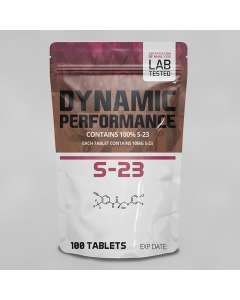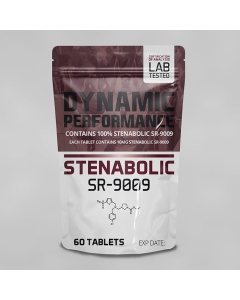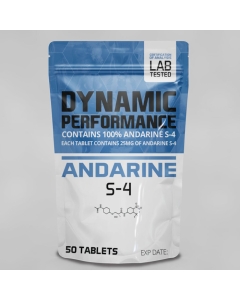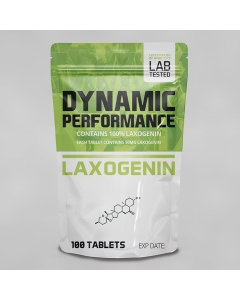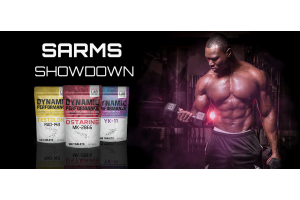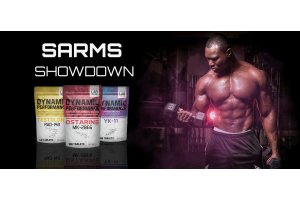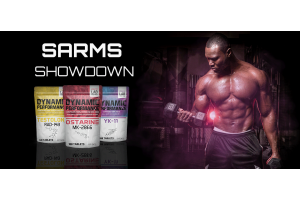SARM Showdown: LGD 4033 vs RAD 140
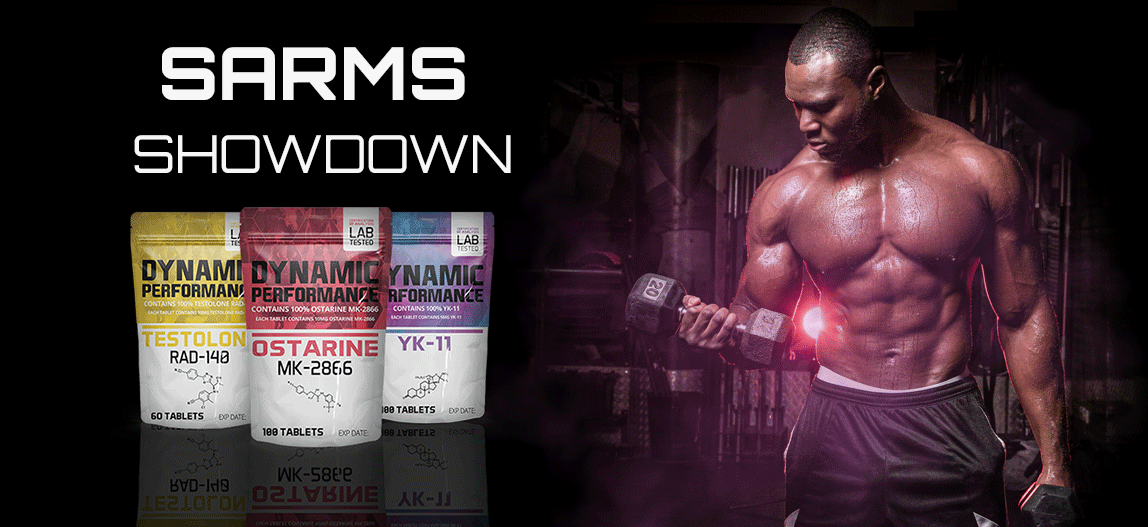
When it comes to building serious muscle and strength, LGD-4033 (Ligandrol) and RAD-140 (Testolone) are two of the most powerful and popular SARMs (Selective Androgen Receptor Modulators) on the market. Both are favored by bodybuilders and athletes for their potent muscle-building properties, but they differ in terms of strength, specific use-cases, and side effects. In this article, we’ll break down the key differences between LGD-4033 and RAD-140, helping you choose the best option for your fitness goals.
LGD-4033 (Ligandrol): The Bulking Specialist
Primarily Known For: Lean Muscle Gains & Strength Increases
LGD-4033, also known as Ligandrol, is one of the most well-known SARMs for bulking due to its strong anabolic effects. It’s particularly favored by those looking to gain lean muscle mass without the side effects associated with traditional anabolic steroids.
Key Use-Cases:
- Bulking Cycles: LGD-4033 is highly effective during bulking phases, where the primary goal is to gain significant amounts of muscle mass. It helps users add size while keeping gains relatively lean, meaning there’s less water retention or bloating compared to other muscle-building compounds.
- Strength Gains: In addition to muscle size, Ligandrol is known for helping users achieve substantial strength gains, allowing for heavier lifts and improved performance in the gym.
- Muscle Preservation: Although it’s primarily used for bulking, LGD-4033 can also help preserve muscle mass during cutting cycles, making it versatile enough for those looking to maintain gains while losing fat.
RAD-140 (Testolone): The Strength and Performance Powerhouse
Primarily Known For: Rapid Muscle Growth & Strength Enhancement
RAD-140, also known as Testolone, is one of the most powerful SARMs on the market. It’s known for its ability to produce rapid muscle growth and significant strength gains, making it ideal for athletes looking to improve both their physique and performance.
Key Use-Cases:
- Muscle Growth and Size: RAD-140’s anabolic effects mimic testosterone, making it a potent option for building lean muscle quickly. Users often experience rapid muscle gains with this compound, especially during bulking phases.
- Strength Enhancement: RAD-140 is particularly effective at boosting strength, making it a favorite for powerlifters and athletes focused on performance. It allows users to lift heavier weights and recover more quickly from intense workouts.
- Fat Loss During Bulking: While its primary focus is muscle growth, RAD-140 also has secondary fat-burning effects. This makes it a great option for those looking to stay relatively lean while adding size, as it helps users gain muscle without putting on too much fat.
Side-by-Side Comparison:
- Muscle Growth: Both LGD-4033 and RAD-140 are effective for building muscle, but RAD-140 is considered the more aggressive option. If you’re looking for rapid and noticeable gains in muscle size, RAD-140 might offer faster results. However, LGD-4033 provides more controlled, lean muscle gains, making it ideal for those who want to bulk up without excessive water retention or fat gain.
- Strength Gains: While both compounds will significantly increase strength, RAD-140 has the edge in this area. It’s known for its potent strength-enhancing effects, allowing users to push more weight in the gym. LGD-4033 is also effective at increasing strength, but RAD-140’s effects tend to be more pronounced.
- Cutting and Fat Loss: While both SARMs are typically used for bulking, RAD-140 is better suited for users who want to burn fat while gaining muscle, thanks to its secondary fat-loss effects. LGD-4033, on the other hand, is more focused on muscle growth, though it can still be useful during cutting phases to preserve muscle.
- Side Effects and Suppression: Both LGD-4033 and RAD-140 are known to suppress natural testosterone production, but RAD-140 is typically more suppressive due to its potency. Users of
- RAD-140 often require a more robust post-cycle therapy (PCT) to recover natural hormone levels. LGD-4033 is generally milder in terms of side effects and suppression, making it a better option for those concerned about hormonal disruption.
- Stacking Potential: Both LGD-4033 and RAD-140 can be stacked with other SARMs depending on your fitness goals. LGD-4033 is commonly stacked with SARMs like Ostarine or Cardarine for lean muscle gains, while RAD-140 is often combined with compounds for strength and fat loss.
Which One Should You Choose?
- For Maximum Muscle and Strength Gains: If your primary goal is to pack on muscle quickly and see rapid strength improvements, RAD-140 is the better option. It’s stronger and more aggressive in terms of muscle growth and performance enhancement, making it ideal for serious athletes and bodybuilders during bulking cycles.
- For Lean Muscle Gains with Fewer Side Effects: If you’re looking to build muscle without as many side effects, LGD-4033 is the safer bet. It’s highly effective for lean muscle growth and strength increases, but with fewer risks of testosterone suppression or hormonal imbalances compared to RAD-140.
- For Cutting or Recomping: If you’re in a cutting or recomping phase (losing fat while gaining muscle), RAD-140 may offer better results due to its fat-burning properties, which allow you to stay lean while adding size. LGD-4033, while primarily focused on muscle growth, can still be used effectively in a recomp cycle to maintain muscle.
Conclusion:
LGD-4033 and RAD-140 are both highly effective SARMs for building muscle and improving strength, but their differences make them better suited to specific goals. RAD-140 is the stronger, faster-acting option for those who want to build muscle quickly and see dramatic improvements in strength. LGD-4033, on the other hand, provides more controlled, lean muscle gains with a milder side effect profile, making it ideal for users who want steady results without the risks associated with stronger SARMs.
Disclaimer: This article is for informational purposes only. The use of SARMs like LGD-4033 and RAD-140 may come with health risks and legal implications. Always consult with a healthcare professional before using any performance-enhancing substances.


